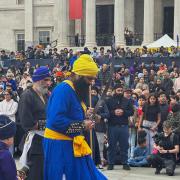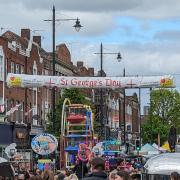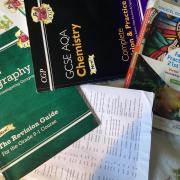
Some school subjects are concrete. Others are more open to interpretation. Where the line really blurs, however, is with the humanities.
Over the holidays, I, like many other teenagers across the country, found myself with a lot of spare time. On one foggy Christmas Eve, I stumbled across an article depicting the changing looks of David Beckham over the years. Written by a famous American beauty and lifestyle magazine, it was generally quite light-hearted.
In November 2014, Beckham was pictured wearing a poppy. The caption mentioned the ‘’random flower pin thing’’. My first reaction to this was shock. Did they really not know the significance of a one of the most sombre symbols in the UK? Was this article in such a high-profile magazine not checked? In reality, it was the senior editor herself, who had written the article and published the blunder.
At the time of publishing the article, it had not yet been 100 years since the end of WW1. It used to - and still does - affect many families personally. What confused me even more was the fact that World War 1 was exactly that; a world war. Especially since America joined the allies alongside Britain, it seems jarring that the poppy was foreign to the writer.
From a young age, history taught in the UK is very British-centric. KS2 pupils, for example, are taught about the Anglo-Saxons and Roman rule in Britain. Whilst some exam boards offer other non-British history for GCSE, only 41% of students take it.
Find someone who was educated in the UK. Ask them about the Louisiana purchase. Or maybe Abraham Lincoln’s assassination. Try the Manhattan Project. More likely than not, they’ll be about as useful as an American saying a poppy is nothing more than paper.
By Gaazal Dhungana



























